Physical Address
304 North Cardinal St.
Dorchester Center, MA 02124
Physical Address
304 North Cardinal St.
Dorchester Center, MA 02124
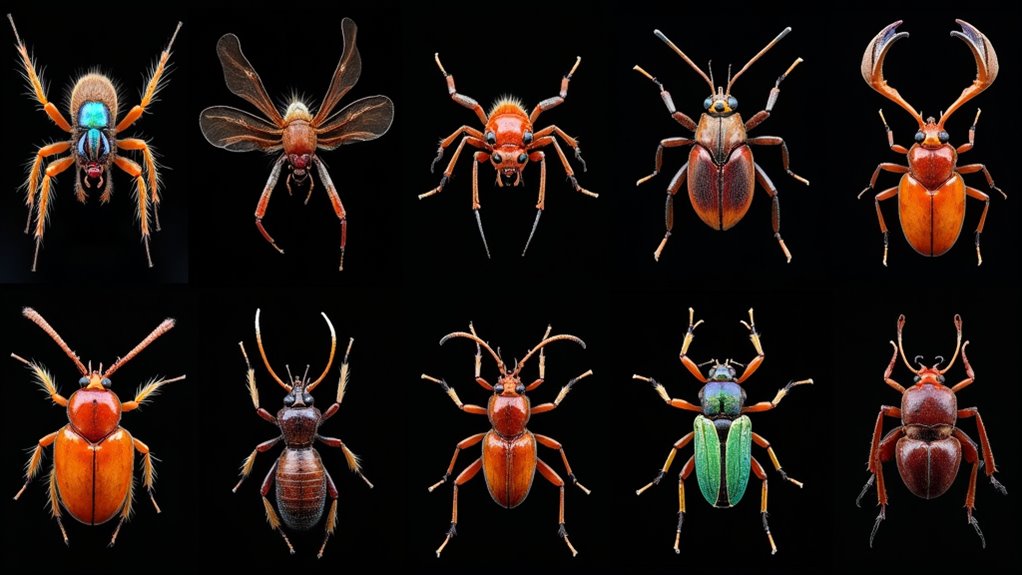
Powerful insects smaller than your thumb cause more deaths annually than sharks—discover which deadly bugs might be hiding near you.
The world’s most dangerous bugs include the Anopheles and Aedes mosquitoes, which transmit deadly diseases like malaria and dengue. You’ll also need to watch for tsetse flies, kissing bugs, Asian giant hornets, fire ants, and Indian red scorpions. Blister beetles release toxic chemicals that cause painful skin blisters. These tiny creatures cause hundreds of thousands of deaths annually, making them far deadlier than larger predators. Discover why these insects pose such significant threats to human health.

When you think of deadly creatures, insects may not immediately come to mind, yet they rank among the world’s most dangerous organisms. Mosquitoes top the list as they transmit deadly diseases like dengue and yellow fever.
Tsetse flies follow closely, spreading sleeping sickness that can be fatal without treatment. Their bites helped shape African demographics by hindering human settlement in certain regions.
Other lethal bugs include kissing bugs (vectors of Chagas disease), fleas (bubonic plague carriers), and Asian giant hornets with their potent neurotoxins.
You’ll also want to avoid bullet ants, whose stings cause excruciating pain, and tarantula hawks, delivering what feels like a hot knife stab.
Ticks pose serious threats through Lyme disease transmission, while certain caterpillars have toxic spines that can trigger life-threatening reactions.
These tiny creatures deserve your caution and respect.
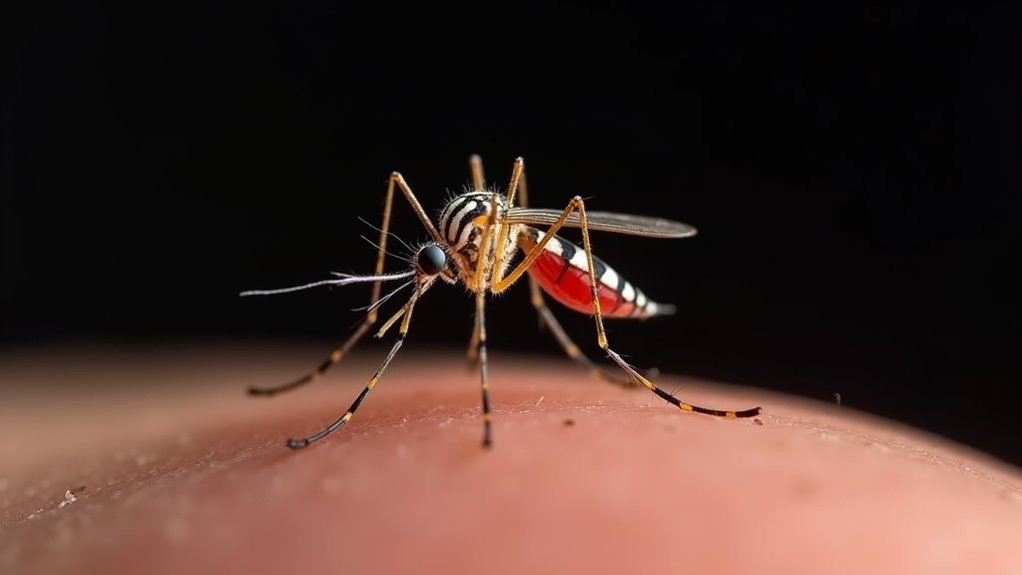
Among all the dangerous bugs we’ve explored, the Anopheles mosquito stands as perhaps humanity’s deadliest adversary. These tiny insects transmit Plasmodium parasites that cause malaria, resulting in nearly 249 million cases and 608,000 deaths annually.
Only female Anopheles mosquitoes bite humans, needing blood to produce eggs. When they feed, they inject parasites that eventually invade your liver and red blood cells. The mosquitoes harbor diverse bacterial microbiota that can influence their ability to transmit malaria parasites.
Of over 460 species, just 30-40 are significant malaria vectors.
Africa bears 95% of the global malaria burden, where Anopheles gambiae and Anopheles funestus prefer biting humans indoors at night. This behavior makes insecticide-treated bed nets effective, though growing resistance threatens their efficacy.
Children under five and pregnant women face the highest risk of severe disease or death.
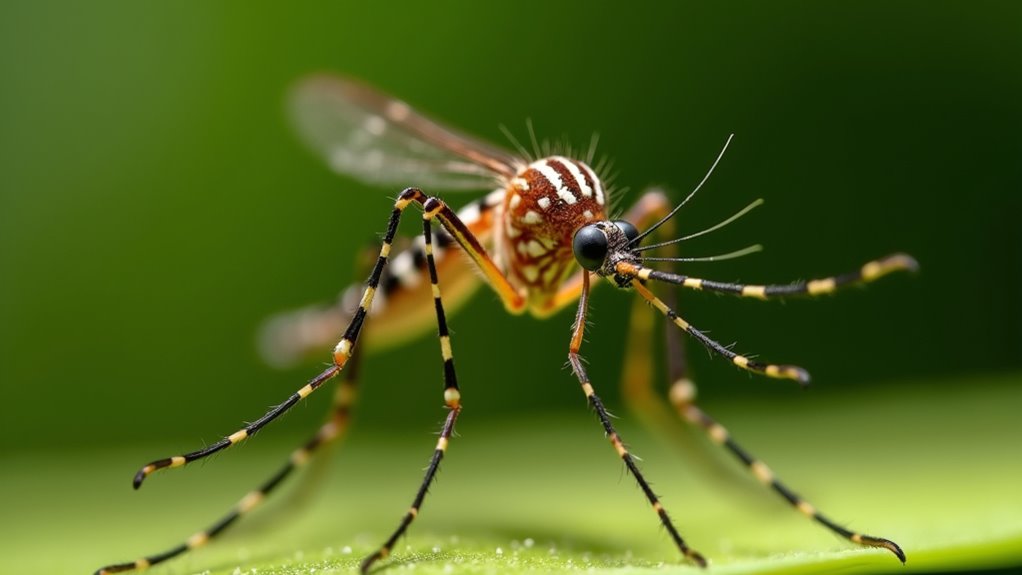
You’re at risk from these vectors in over 132 countries, with 3.9 billion people exposed to diseases they carry:
The mosquito’s ecological plasticity enables it to thrive in urban environments by exploiting artificial containers for breeding.
Climate change and global travel continue expanding their range, bringing these threats to new regions including the northeastern United States.

The tsetse fly lurks as one of Africa’s most dangerous disease vectors, exclusively found in rural areas across sub-Saharan Africa. These daytime biters transmit parasites causing human African trypanosomiasis (sleeping sickness) through their bites.
When a tsetse fly feeds on infected blood, it picks up the Trypanosoma parasites, which undergo a two-week development cycle before becoming transmissible to humans. There are two forms of the disease: West African (slow-progressing) and East African (rapid-progressing) – both fatal if untreated.
You’ll encounter these flies primarily in woodlands and near streams. To protect yourself, wear long-sleeved clothing in neutral colors and use insect repellents when traveling in endemic regions. Early screening and diagnosis are vital since symptoms begin with non-specific fever and headaches. Once the parasite crosses the blood-brain barrier, patients experience severe neurological symptoms including sleep disruption, confusion, and convulsions.
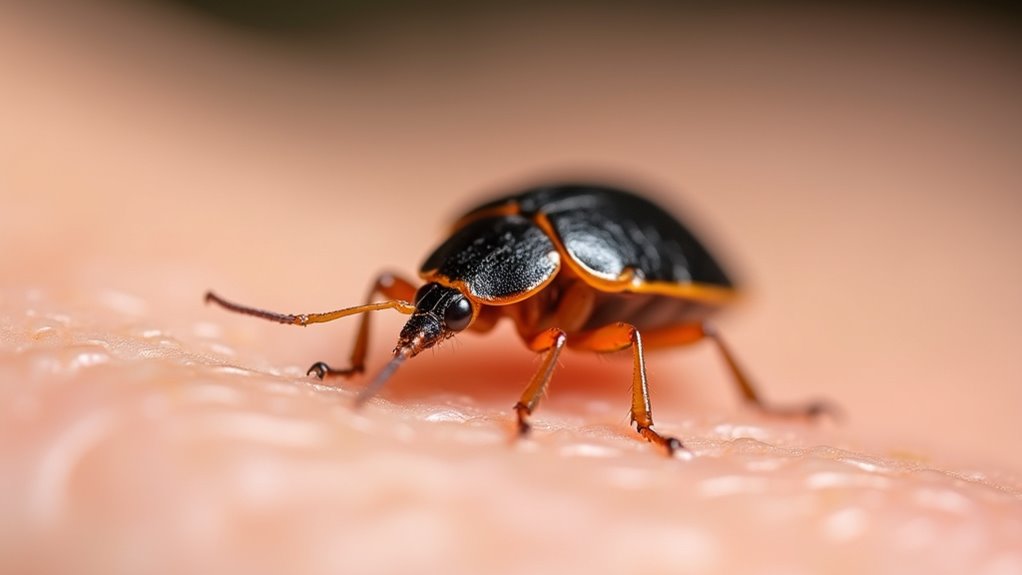
Known for their distinctive cone-shaped heads and reddish-orange markings, kissing bugs pose a serious health threat as carriers of Chagas disease throughout Latin America and parts of the southern United States. These penny-sized insects are active at night when they feed on your blood.
The danger isn’t from their bite, but from their feces, which can transmit the Trypanosoma cruzi parasite. The disease primarily spreads through triatomine bug contact when they defecate near the bite site while humans sleep.
If you’re concerned about these vectors, understand their key characteristics:
Early detection and avoiding contact with these bugs are your best prevention strategies.
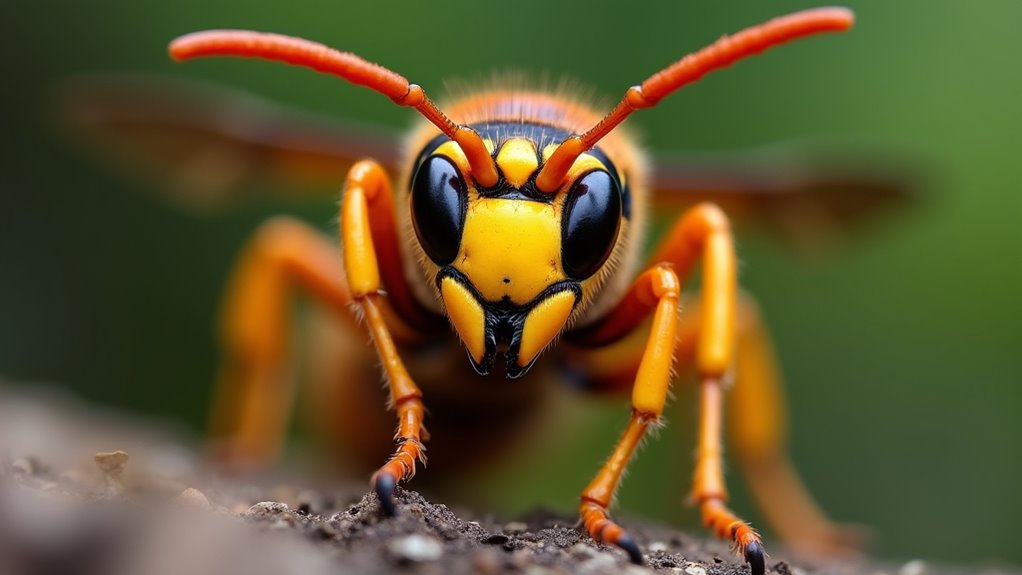
These predators can destroy an entire honeybee colony in just 90 minutes, with a single hornet killing 40 bees per minute.
In Japan, they cause 30-40 human deaths annually. Their venom contains pheromones that attract other hornets, making attacks potentially deadly. The Asian giant hornet can deliver an extremely painful sting using its large mandibles and potent venom.
First spotted in Washington State in 2019, eradication efforts continue as these invasive insects threaten America’s already declining honeybee populations – essential pollinators for our food supply.
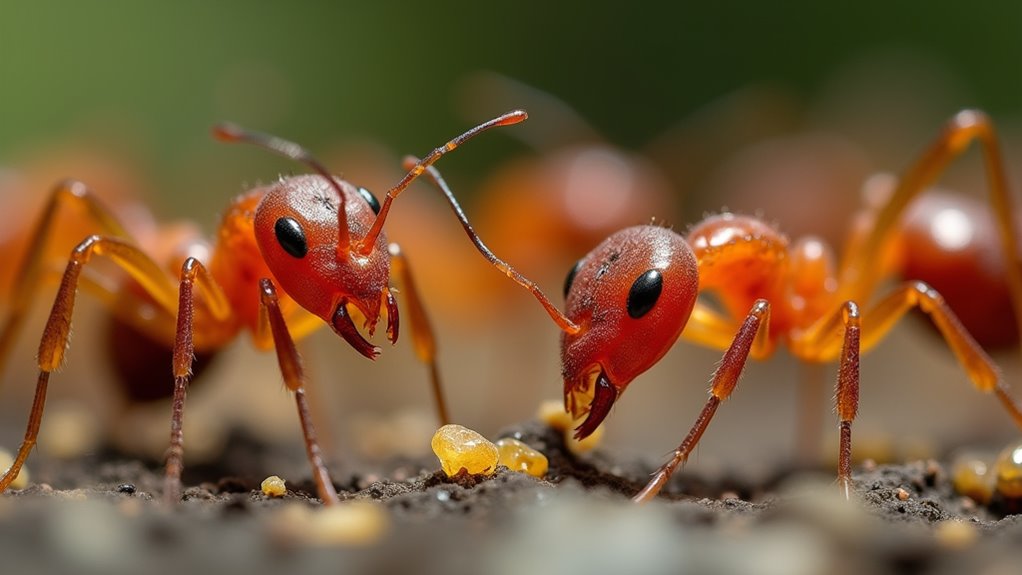
Fire ants may be small, but their potent venom packs a surprisingly dangerous punch. These aggressive insects affect approximately 14 million Americans annually with stings that deliver a complex mixture of alkaloids and toxic proteins. When you’re stung, you’ll experience painful pustules, localized swelling, and intense itching.
Their venom serves multiple essential functions:
While most reactions remain localized, sensitive individuals may require medical treatment including antihistamines, corticosteroids, or epinephrine. A sting from fire ants ranks as a level 1 on the Schmidt sting pain index, described as sharp, sudden, and mildly alarming compared to other insect stings.
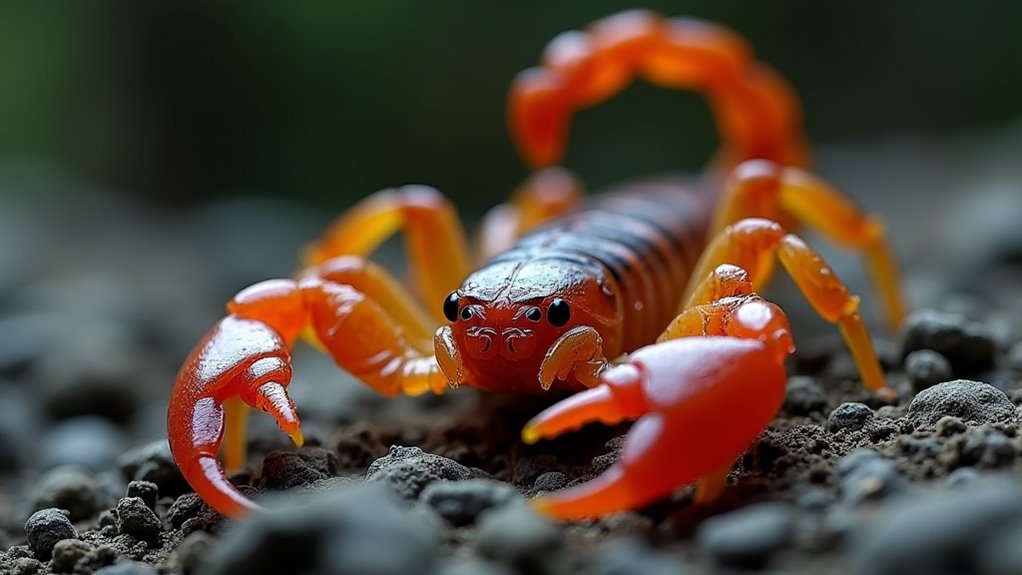
The Indian red scorpion (Hottentotta tamulus) stands as the world’s deadliest scorpion, with its venom causing fatality rates between 8-40% of cases. Its potent venom primarily consists of ion channel toxins that trigger severe pain, tachycardia, and hypertension. Research has revealed that these toxins target primarily Na⁺ and K⁺ channels, comprising over 76% of the venom’s composition.
If you’re traveling through western Maharashtra, Kerala, or southern India, be alert—these regions report frequent cases. Children are particularly vulnerable, especially those aged 1-3 and 7-12 years.
When stung, victims experience immediate pain, followed by systemic symptoms including cardiac complications and sometimes cerebellar signs like unsteady gait. In rare cases, the venom can cause stroke or priapism.
Treatment requires immediate medical attention and antivenom administration, though symptomatic management is often necessary. Prevention remains vital in endemic areas.
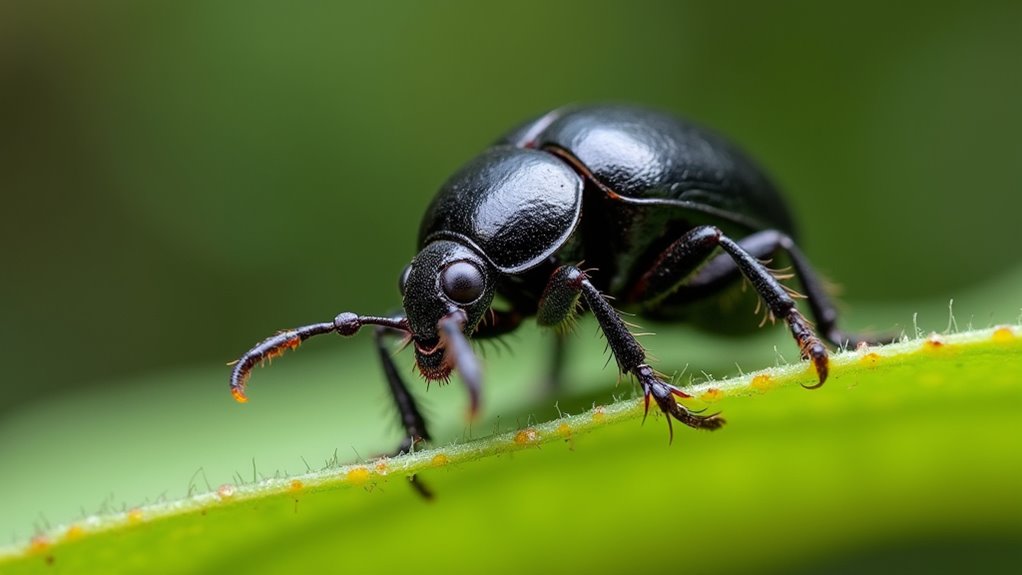
Known for their unique chemical defense mechanisms, blister beetles of the Meloidae family pose a significant threat despite their unassuming appearance. These soft-bodied insects don’t fly but pack a powerful punch through their production of cantharidin, a potent blistering agent they release through their leg joints when threatened.
If you encounter these chemical warfare specialists, be aware of their dangerous capabilities:
Remember that bugs aren’t out to get you—they’re simply playing their evolutionary role. Like chess pieces on nature’s board, each species has developed specific tactics for survival. You’ll notice most dangerous insects aren’t the largest or most visible, but rather the ones carrying microscopic threats. By understanding these top nine culprits, you’re now better equipped to protect yourself while respecting the delicate balance of our ecosystem.